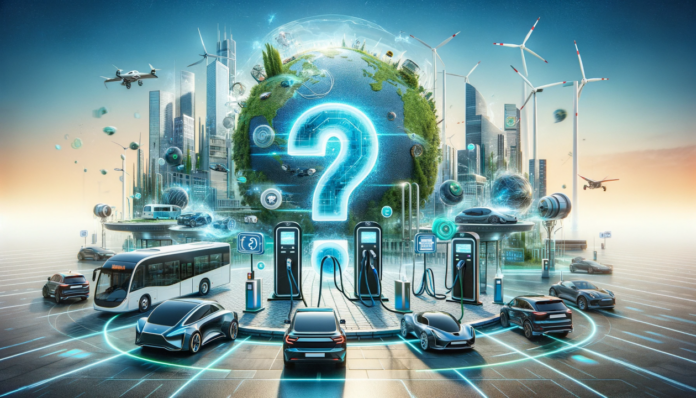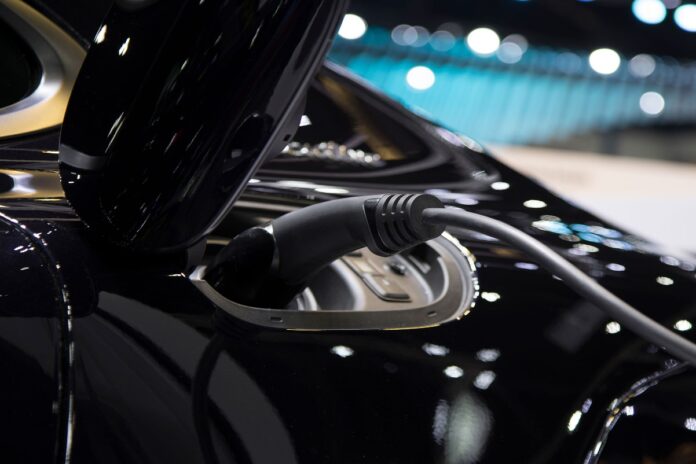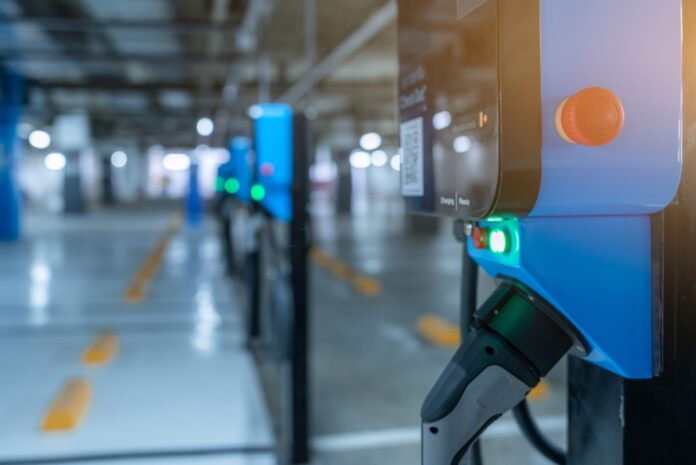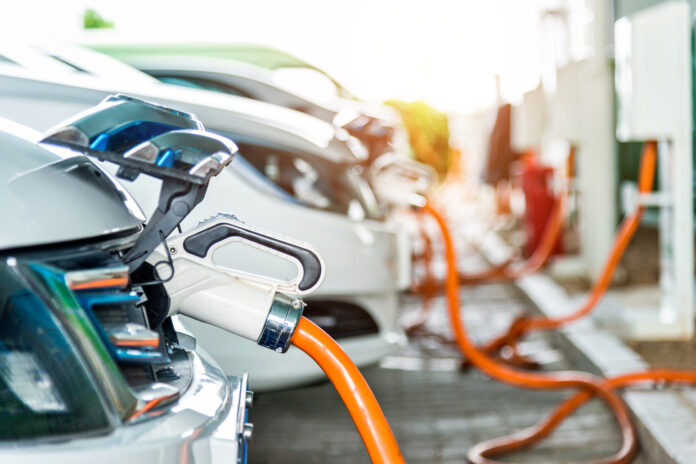
The shift towards electric vehicles (EV) marks a significant milestone in the quest for sustainable transportation.
However, this transition is not without its challenges. This blog post explores the complexities surrounding electric mobility, shedding light on the hurdles the EV market faces and the implications for consumers, manufacturers, and policymakers.
The Infrastructure Dilemma

In urban areas, the density of charging stations is gradually increasing, offering some convenience to owners. However, the story is quite different in rural regions, where charging points are scarce, creating a significant barrier to EV adoption.
This urban-rural divide not only affects potential buyers but also poses a challenge for long-distance travel, even for those in urban centers.
The expansion of charging infrastructure in rural areas is hindered by lower population densities and, consequently, lower anticipated usage.
This catch-22 situation requires innovative solutions and substantial investment to ensure that EVs are a viable option for people regardless of their location.
The Need for Fast-Charging Stations
The availability of fast-charging stations is crucial for the convenience of users, especially for those undertaking long journeys. Current fast-charging infrastructure is insufficient to meet the demands of the increasing number on the road.
Expanding this infrastructure is not just about adding more stations but also about upgrading the power grid to support the high energy demand of fast charging.
Investments in fast-charging infrastructure need to be strategically planned to cover key routes and locations, ensuring that drivers can rely on a consistent and efficient charging network.
This development is vital for alleviating range anxiety and making electric mobility a practical choice for more consumers.
The Economic Equation

Despite the decreasing cost of batteries, they remain more expensive than their internal combustion engine counterparts.
This price difference is a significant barrier for many potential buyers. Although total ownership costs can be lower due to reduced fuel and maintenance expenses, the initial purchase price is a crucial factor in consumer decisions.
To bridge the gap in affordability, various incentives such as tax rebates, grants, and subsidies have been introduced by governments worldwide.
These incentives are crucial for making EVs more accessible to a broader audience and encouraging the transition to electric mobility.
In a related development, Nvidia’s earnings surge, as reported in a recent analysis by Wall Street Now, highlights the growing importance of advanced technologies in driving economic trends.
Nvidia’s success, particularly in sectors related to AI and semiconductors, underscores the potential for technology companies to contribute to the market’s expansion.
The automotive industry is undergoing a monumental shift from traditional vehicles to electric ones. This transition involves significant changes in manufacturing processes, supply chains, and skill requirements.
The industry faces the challenge of balancing the production of internal combustion engine vehicles with the increasing demand for EVs.
Technological Hurdles
Battery technology is the cornerstone of electric mobility, yet it also poses one of the biggest challenges. Current batteries are limited in energy density, leading to concerns over range and long charging times. These limitations contribute to range anxiety, deterring potential buyers.
Ongoing research aims to improve battery technology, focusing on increasing energy density, reducing charging times, and enhancing longevity. Breakthroughs in this area are critical for overcoming one of the most significant barriers to adoption.
Global Supply Chain Vulnerabilities
The global nature of supply chains means that geopolitical tensions can have far-reaching effects on the availability and cost of critical materials like lithium, cobalt, and nickel.
Countries holding significant reserves of these materials have considerable influence over the market, potentially leading to supply constraints and increased prices.
This vulnerability necessitates a strategic approach to sourcing and the development of alternative materials to reduce dependency on geopolitically sensitive regions.
To mitigate these risks, automakers and battery manufacturers are exploring ways to diversify their supply chains, including investing in mining operations in politically stable countries and developing synthetic and recycled alternatives to rare earth materials.
This diversification strategy is crucial for ensuring the long-term stability and sustainability of the market, making electric mobility more resilient to global economic and political shifts.

Consumer Perception and Market Acceptance
Many consumers remain skeptical about the viability as a practical alternative to conventional vehicles, citing concerns about range, charging infrastructure, and the upfront cost.
Addressing these concerns through education, firsthand experience, and showcasing the advancements in technology is essential for changing perceptions and encouraging adoption.
Regulatory Landscape and Policy Support
Various governments have introduced incentives such as tax credits, rebates, and grants to make them more attractive to consumers and businesses. Additionally, mandates like zero-emission vehicle (ZEV) requirements push automakers to increase their offerings.
These policy tools are critical for accelerating the transition to electric mobility by making EVs more financially accessible and ensuring a broad range of options for consumers.
Governments play a crucial role in developing the charging infrastructure necessary for widespread adoption.
Investments in public charging networks, along with regulations and standards for charging equipment, are essential for building a robust and user-friendly charging ecosystem.
Policy support for infrastructure development not only facilitates adoption but also signals a long-term commitment to electric mobility.
Environmental Impact and Sustainability
While EVs produce zero tailpipe emissions, their overall environmental impact, including manufacturing and electricity generation, must be considered. The sustainability of EVs improves significantly when paired with renewable energy sources, highlighting the need for a holistic approach to decarbonizing transportation.
Efforts to reduce the environmental impact of battery production and improve vehicle efficiency are key to maximizing the benefits of electric mobility.
The concept of a circular economy is particularly relevant to the industry, especially concerning battery reuse and recycling.
Developing efficient methods for battery recycling and second-life applications can significantly reduce the demand for new materials and lower the environmental footprint.
Embracing circular economy principles is essential for ensuring that the growth of the market contributes to broader sustainability goals.
Conclusion

The journey towards widespread electric mobility is fraught with challenges, from infrastructure and economic considerations to technological hurdles.
Overcoming these challenges requires concerted efforts from governments, industry, and consumers.
Despite the obstacles, the potential benefits of electric mobility for the environment, public health, and energy security make this a pursuit worth undertaking.
As technology advances and attitudes shift, the future of transportation is poised to become cleaner, quieter, and more sustainable.








